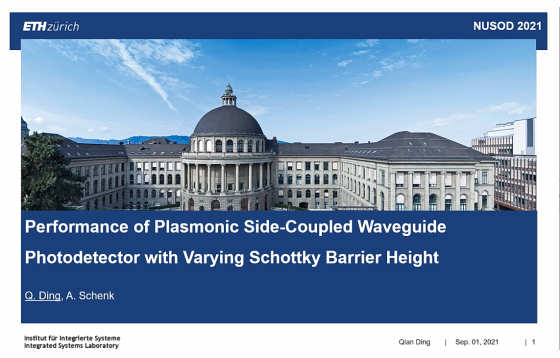LED02–Rigorous simulation of photon recycling effects in perovskite solar cells and LEDs
Secondary photogeneration due to reabsorption of internally emitted photons in metal halide perovskites is assessed using a novel dipole emission model that is compatible with detailed balance rates. The model considers the non-uniform local photon density of states of thin film absorbers/emitters consistently in internal and external emission and provides insight into the impact of […]















